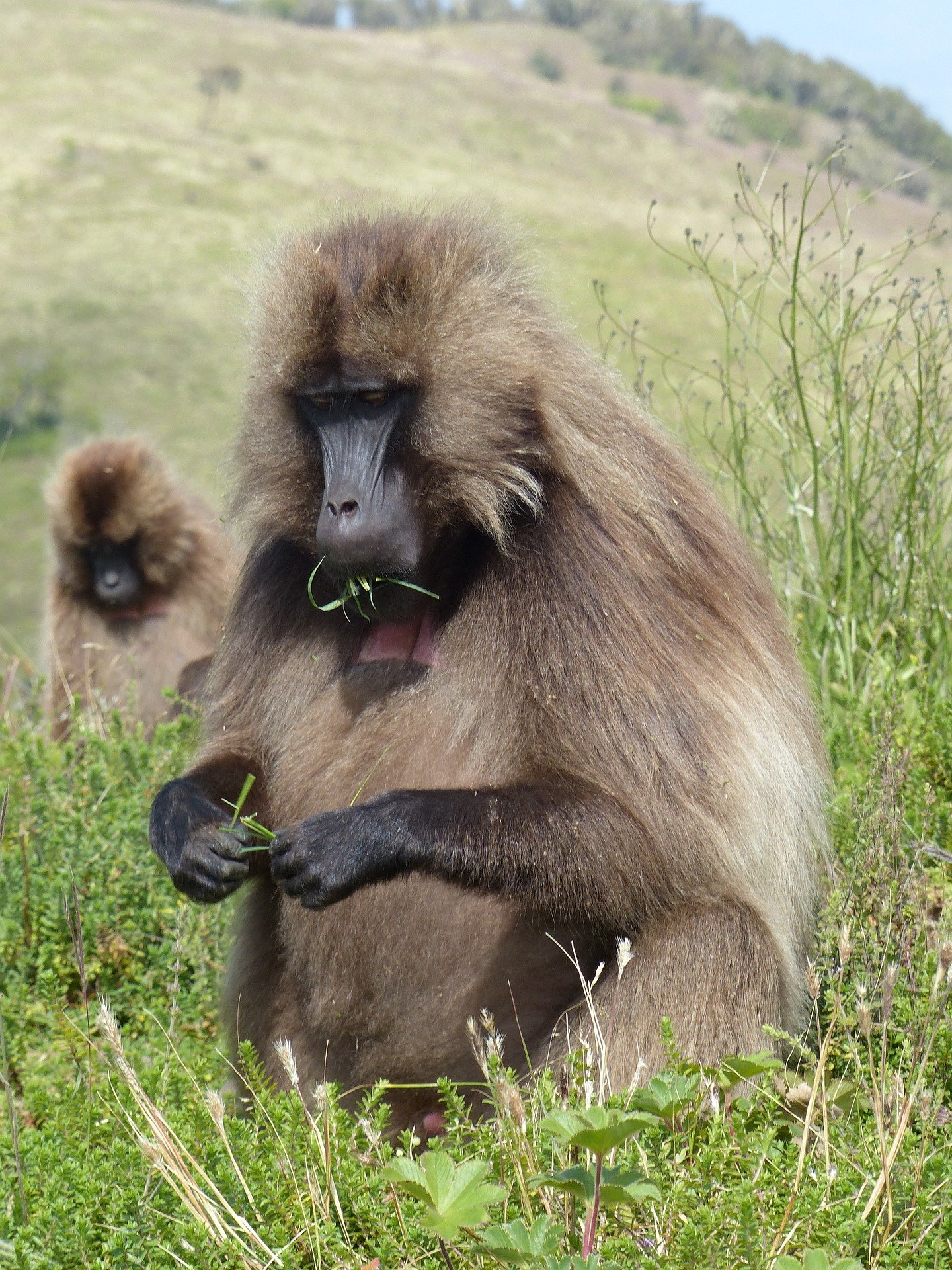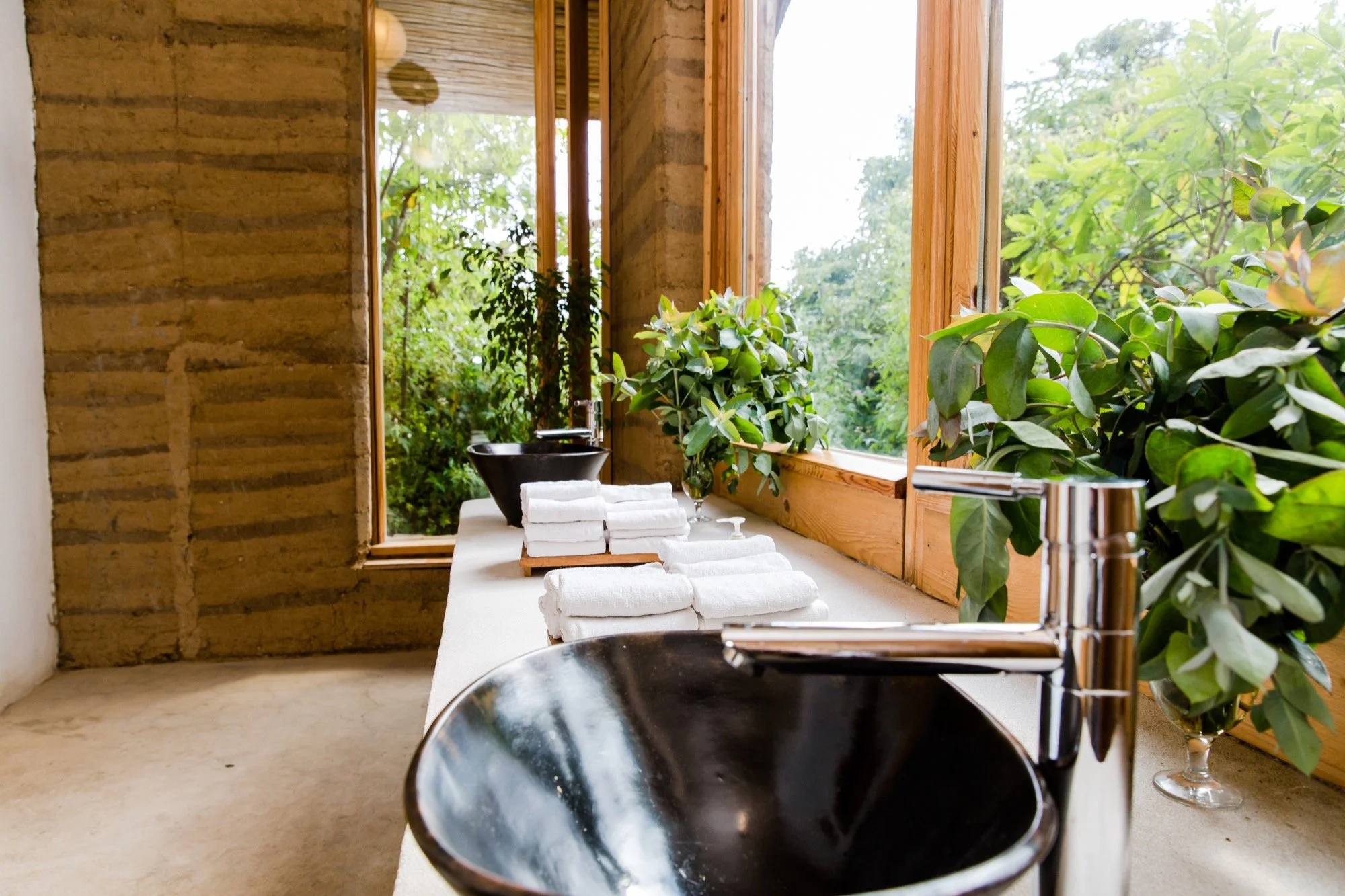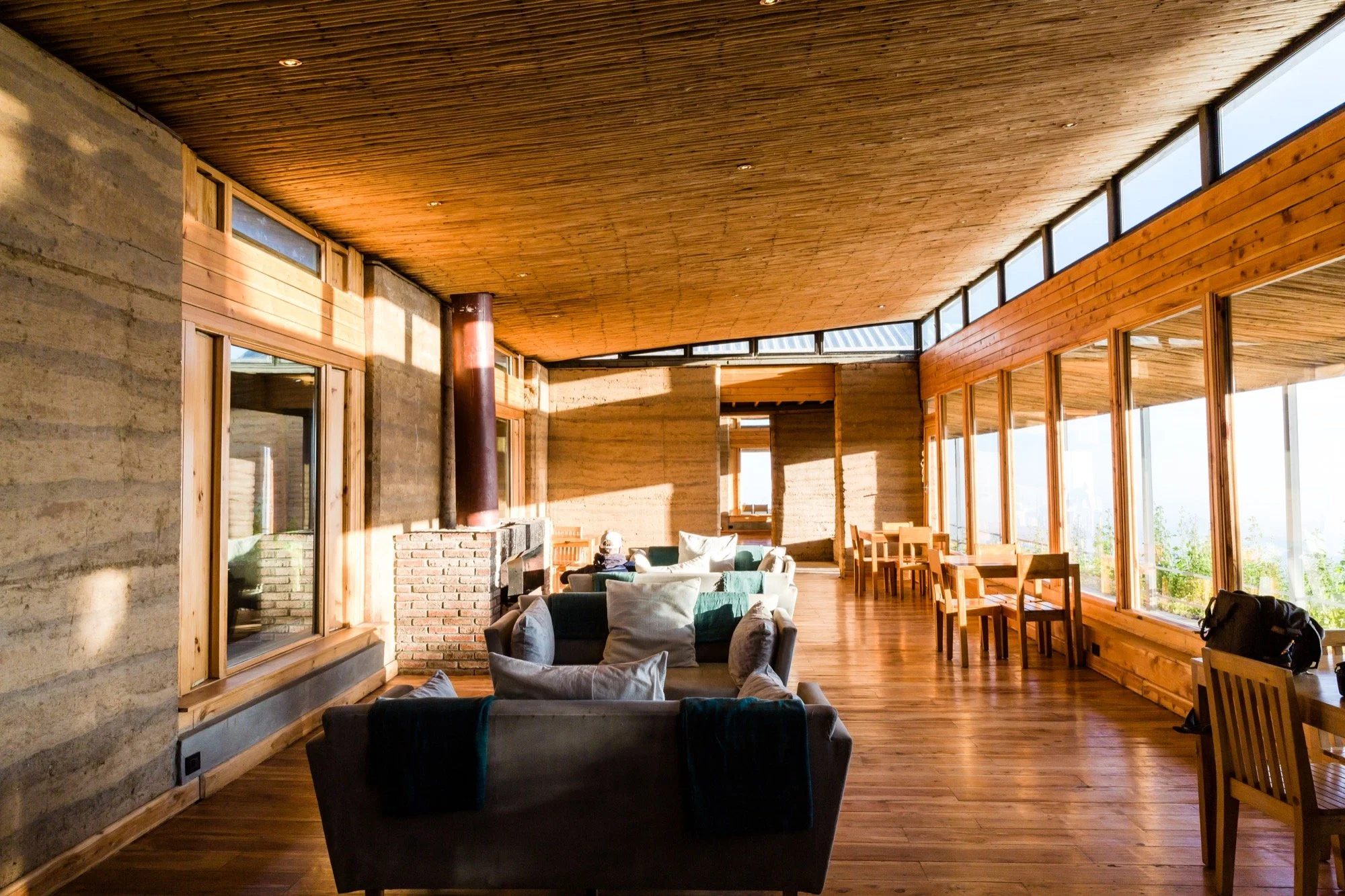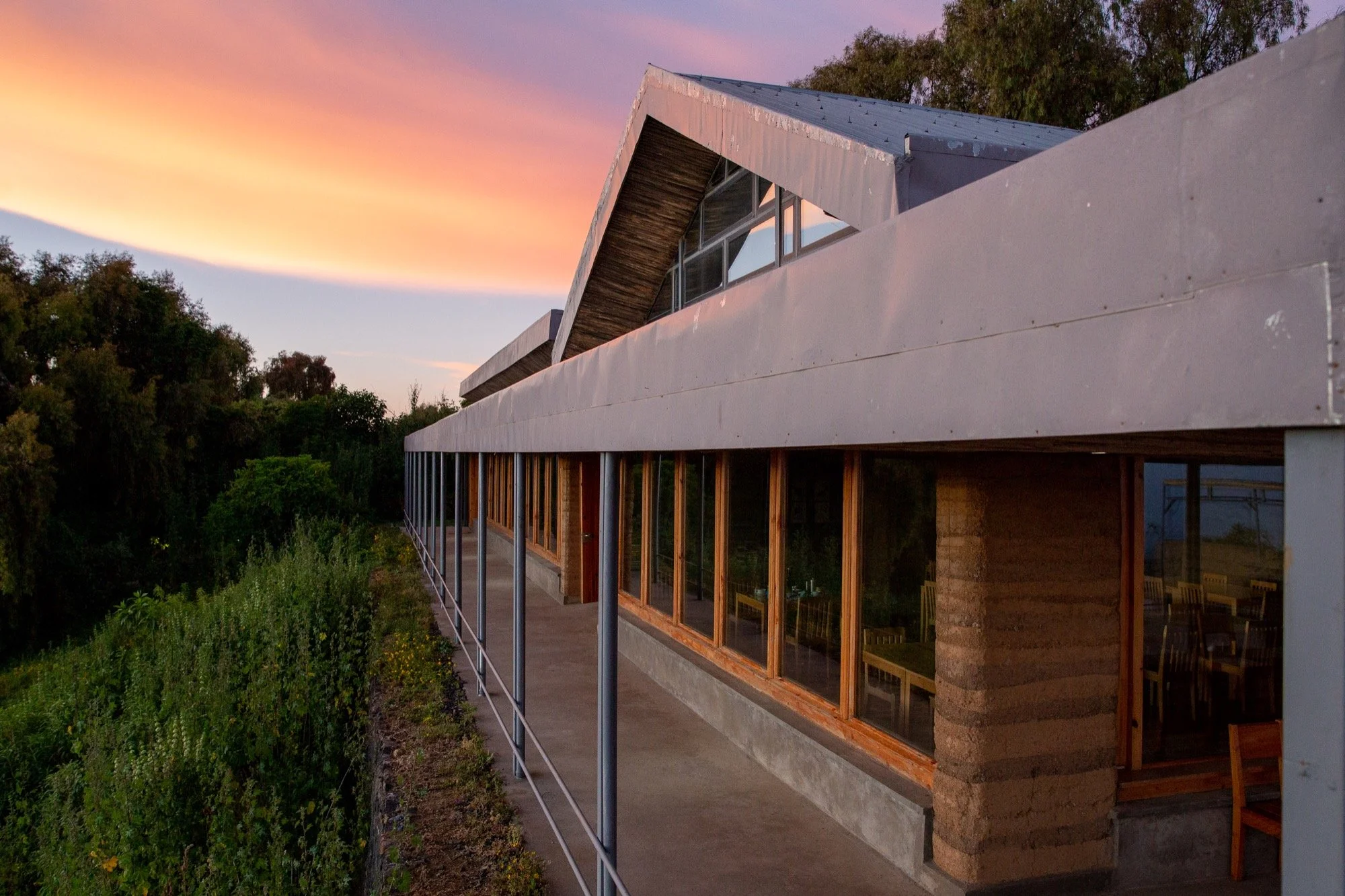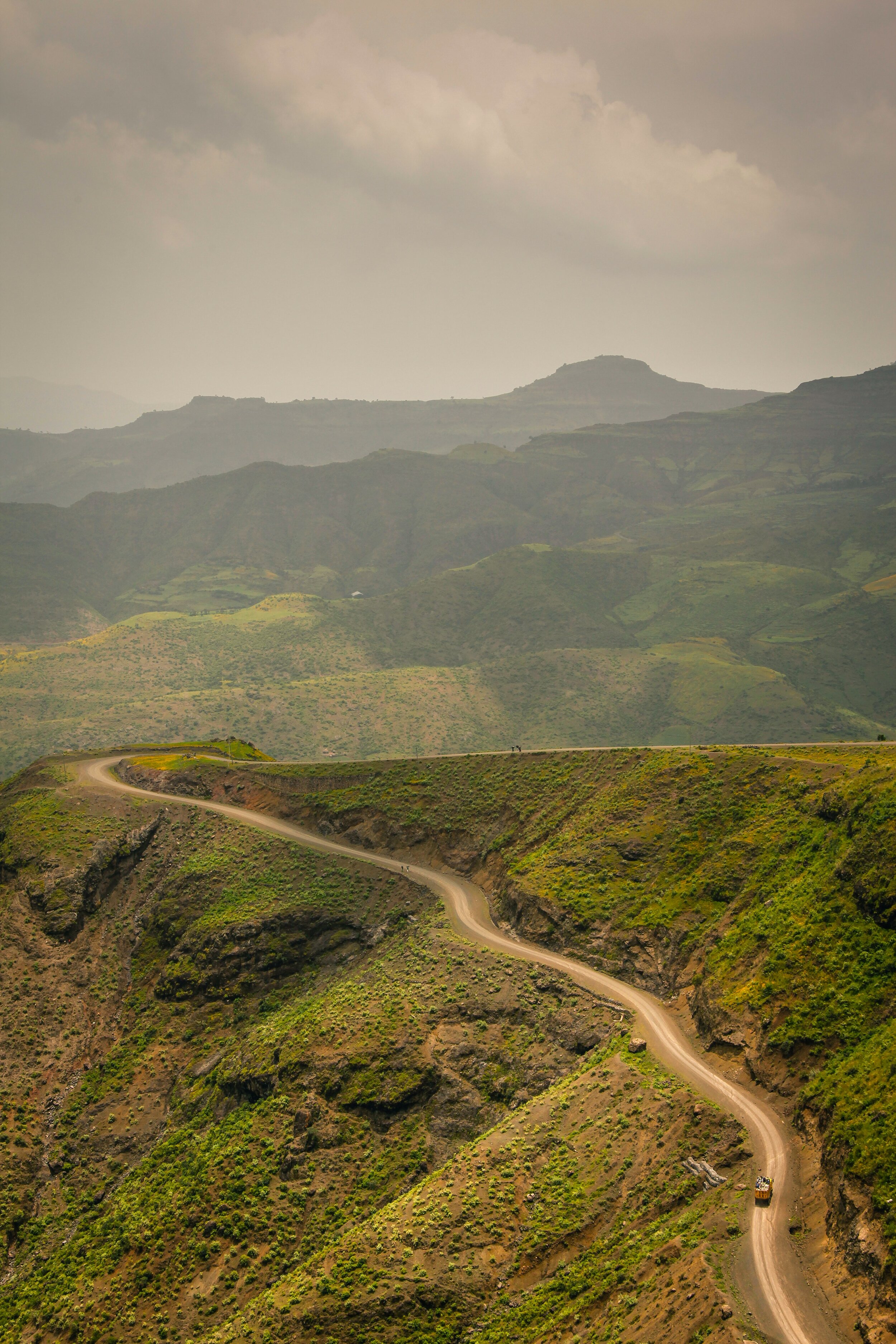
Ethiopia

About Ethiopia
Ethiopia, in the Horn of Africa, is a rugged landlocked country, split by the Great Rift Valley. With archaeological finds dating back more than 3 million years, it’s a place of ancient culture and famous for its architecture, ancient paintings and manuscripts. The largest lake, Lake Tana, is the source of the Blue Nile and the Blue Nile Falls. Coptic monasteries were built on Dak and Daga islands. The extraordinary Simien Mountains feature native wildlife, valleys and gorges, as do the Bale Mountains in the Ethiopian Highlands.
Ethiopia has unique wildlife such as the Ethiopian wolf, Gelada baboon, Simien fox, Walia ibex and Swayson's hartebeest. The Danakil Depression lies 100 meters below sea level and is known for extreme heat, volcanic activity, colourful hot springs and vast salt plains. The capital Addis Ababa’s National Museum exhibits Ethiopian art, traditional crafts and prehistoric fossils, including replicas of the famous early hominid, "Lucy." Ethiopia is famous for the obelisks at Axum, rock-cut churches in Lalibela and the temple of Yeha, which claims to house the original Ark of the Covenant. Unique cultures of the Omo Valley include the Banna, Hamer, Mursi, and Surma tribes.
Much of Ethiopia sits over 1,500m high; days can be mild and nights cold – especially in the fog-shrouded highlands, which soar well over 3,000m. The best time to visit Ethiopia is Sep-April, but particularly at either end of the rains – in April, when the land is dry and barren, or as it flourishes again in Sep-Oct. This green season is also best for highland wildlife. Rains replenish the Omo Valley even sooner – so travel Nov-Mar or Jun-Sep. Generally, though, the rains cause little disruption; you’ll just find lusher landscapes and fewer tourists.



